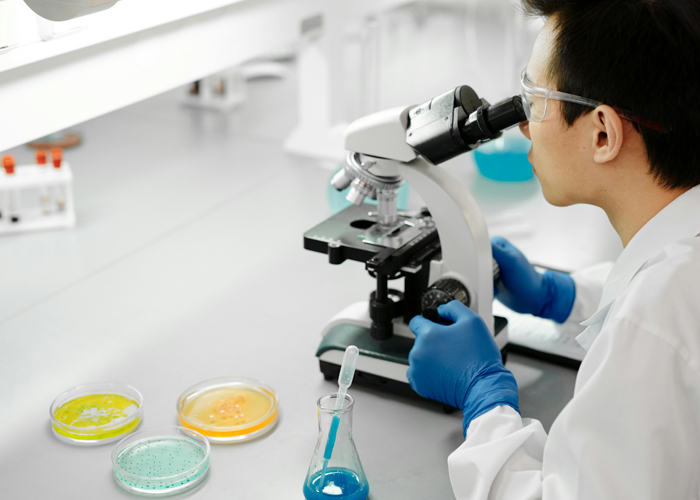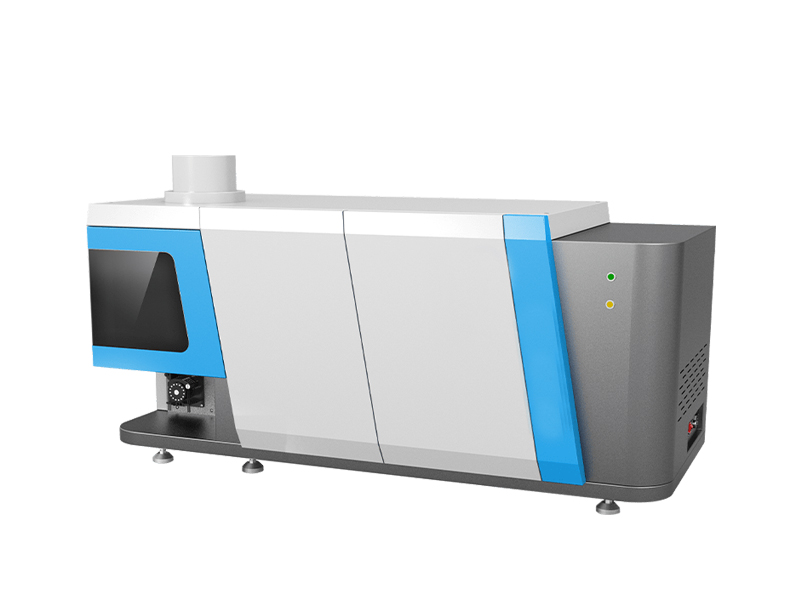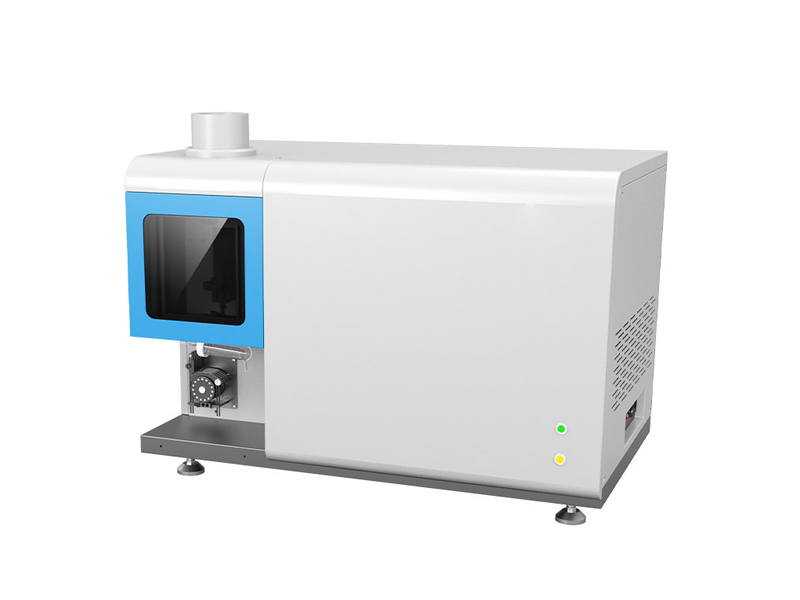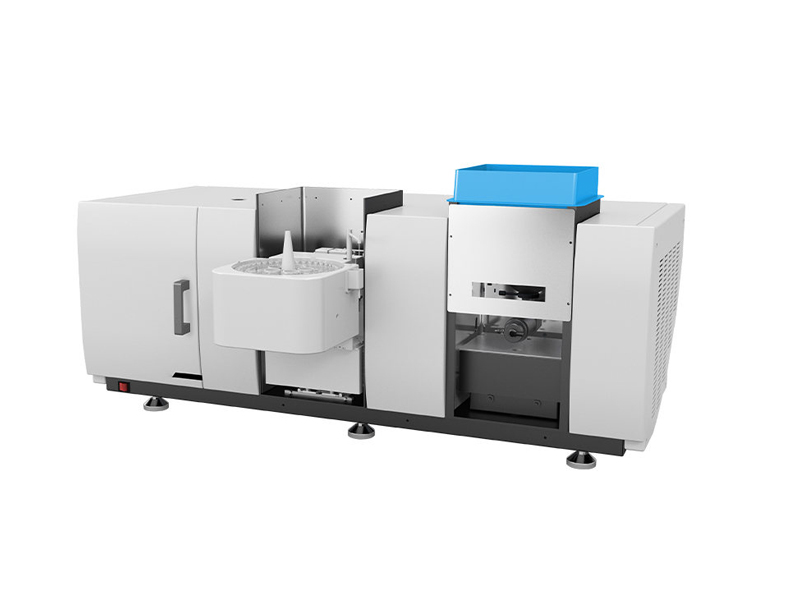Food safety is a global challenge, and the illegal use of prohibited additives poses a serious threat to public health. Traditional detection methods are time-consuming and labor-intensive, making it difficult to meet the needs of rapid on-site screening. Hengmei handheld Raman spectrometer has become a powerful tool for on-site screening of prohibited additives in food due to its advantages of speed, non-destructive, and portability. This article elaborates on the design of the detection scheme, key technologies, and application process based on the instrument, providing an efficient solution for food safety supervision.

The challenges of detecting prohibited additives and the advantages of Raman spectroscopy technology
Common prohibited additives in food include illegal colorants (such as Sudan Red and alkaline pale yellow), bleaching agents (such as white powder), preservatives (such as excessive potassium sorbate), illegal flavor enhancers, and industrial raw materials (such as melamine). Although traditional laboratory tests (HPLC, GC-MS) are accurate, they have the following limitations:
Complex process: tedious sample preparation and long detection cycle (several hours to several days)
High cost: The equipment is expensive and requires professional operators
Off site: difficult to support real-time monitoring of production and circulation processes
Principle of Raman spectroscopy technology:
When the laser irradiates the sample, photons collide with molecules non elastically, producing scattered light with frequency shift (Raman scattering). This spectrum is like a "molecular fingerprint" that can specifically identify the molecular structure and chemical bond information of substances.
Core advantages of Hengmei handheld Raman spectrometer:
On site real-time testing: The instrument is lightweight and portable (usually<1kg), and can quickly complete screening in warehouses, markets, production lines, and other locations.
Fast in seconds: A single detection is usually completed within 10-30 seconds, significantly improving regulatory efficiency.
Non destructive analysis: No or only minimal sample pretreatment is required (such as directly testing solid or liquid surfaces), without damaging the sample.
High specificity: Combined with 1064nm laser (effectively suppressing fluorescence interference) and high-resolution spectroscopy, it can accurately identify target substances in complex food matrices.
Intelligent and easy-to-use ": Built in professional database and intelligent algorithms, automatically matching substances and outputting results, reducing operational barriers.
Design of Detection Scheme Based on Hengmei Handheld Raman
1. Core performance requirements for instruments
To ensure the accuracy and reliability of detecting prohibited additives, the Hengmei handheld Raman spectrometer must meet the following key performance indicators:
Laser wavelength: 1064nm laser light source is used as the core configuration. This wavelength can significantly suppress the fluorescence interference generated by food substrates such as pigments and oils, greatly improving the signal-to-noise ratio.
Spectral range: It is necessary to fully cover the 150-3200 cm ⁻¹ Raman shift range to ensure the capture of the molecular vibration characteristic peaks of the vast majority of prohibited additives (such as the 675 cm ⁻¹ peak of melamine and the 1590 cm ⁻¹ peak of Sudan Red).
Spectral resolution: It is required to achieve<10 cm ⁻¹ (typical value is 8 cm ⁻¹) to accurately distinguish the characteristic peak differences of structurally similar compounds (such as the peak shift of Sudan Red I and IV).
Detector: Equipped with high-sensitivity CCD or InGaAs array detector to ensure the ability to capture weak signals of low concentration target objects.
Built in database: It is necessary to pre install a prohibited additive standard spectrum database, covering common target substances such as illegal pigments, bleaching agents, preservatives, etc. (such as Sudan Red series, suspended white blocks, dimethyl fumarate), and supporting user-defined amplification.
Intelligent software: integrates automatic baseline correction, feature peak recognition, and spectral matching algorithms to achieve one click operation and result interpretation (such as matching percentage output).
Protection level: Achieve IP54 or higher protection standards to ensure stable operation in complex on-site environments such as dusty and humid markets/warehouses.
2.Professional testing process (briefly outline the key points)
Sample preparation:
Solid/powder (such as chili powder): directly fill the sample cup to ensure a smooth laser focusing surface;
Liquid/sauce (such as seasoning sauce): drip into a colorimetric dish or use a liquid probe for detection;
Surface pollutants (such as illegal pigment spraying): Non destructive direct detection of suspicious areas.
Operation process:Instrument preheating → Select detection mode (such as fluorescence suppression mode) → Align the laser with the sample → Trigger acquisition (10-30 seconds) → Software automatically outputs matching results.
Result interpretation:
Match degree>80%+characteristic peak matching: preliminary positive judgment;
Moderate matching degree+interference peak: It is recommended to use multi-point detection or auxiliary rapid detection test strips;
Low matching degree: not detected.
Positive verification:
Immediately seal the sample → send it to the laboratory for LC-MS/GC-MS confirmation → record spectral data and operation logs.
Key application scenarios and typical cases
Screening for illegal colorants in seasonings:
Target substances: Sudan Red I-IV and Rhodamine B in chili powder and Sichuan pepper powder.
Operation: Directly test the powder sample. The Hengmei 1064nm laser effectively penetrates dark substrates and clearly captures the characteristic peaks of Sudan Red (~1220, 1340, 1590 cm ⁻¹).
Illegal additives in dairy products and protein foods:
Target substance: Melamine in milk powder and liquid milk (characteristic peak~675, 980 cm ⁻¹).
Operation: Test solid milk powder or liquid milk sediment (slight centrifugation). Accurate database matching is key.
Bleach detection in rice and flour products:
Target: White hanging blocks in flour and vermicelli (characteristic peak of decomposition product formaldehyde around 915 cm ⁻¹).
Attention: Pay attention to the characteristic peak area of formaldehyde and use software algorithms to distinguish background interference.
Excessive preservatives/illegal additives in candied fruits and dried goods:
Target substances: sulfur dioxide fumigation residue (characteristic peak~1150 cm ⁻¹), dimethyl fumarate.
Operation: Directly test solid surfaces or dissolved liquids.
Advantages and limitations of the plan
Significant advantages:
Revolutionary acceleration: The detection cycle has been compressed from days/hours to minutes, achieving a "forward shift of checkpoints".
Significant cost reduction: Reduce the amount of samples sent to the laboratory and optimize the allocation of regulatory resources.
Deterrence enhancement: The ability to quickly screen on site has a strong deterrent effect on illegal behavior.
Easy to operate: Trained non professionals are capable of performing basic operations.
Objective limitations and coping strategies:
Detection limit: Usually at the ppm level, it may be missed if it is lower than some national standard limits or added in trace amounts.
Response: As a preliminary screening tool, positive results need to be confirmed by the laboratory; Continuously optimize database and algorithm sensitivity for high-risk substances.
Complex matrix interference: Oils, dark foods, and high fluorescent substances may mask weak signals.
Response: Fully leverage the anti fluorescence advantages of 1064nm laser; Optimize sample pretreatment (such as extraction enrichment); Use the fluorescence background subtraction function provided by the instrument.
Database dependency: Database completeness directly affects recognition ability.
Response: Regularly update and expand dedicated databases; Support users to create their own libraries.
Surface detection characteristics: mainly reflect the surface information of the sample.
Response: Multi point detection of uneven samples; Destructive sampling for internal testing when necessary.
Through this plan, food safety regulatory personnel, enterprise quality inspectors, and on-site inspectors can fully utilize the powerful functions of Hengmei handheld Raman spectrometer, significantly improve the monitoring efficiency and reaction speed of prohibited additives in food, and provide strong technical support for ensuring "safety on the tip of the tongue".
Article address:https://www.spectrometer.top/solu/30.html


 Current
location:
Current
location:









